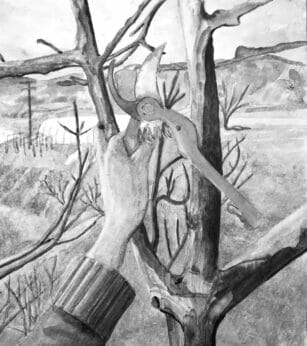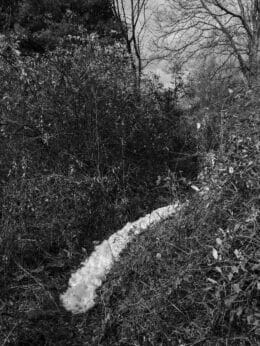The New Farmer’s Almanac is an Intimate Log of a Changing Climate
The sixth volume of this annual work, the almanac tracks more than just the seasonal changes. It balances the practical and the emotional, for an entirely different look at the daily lives of farmers.





The statement “With the climate warming, advice from years past has limited utility in the present” is quite nearsighted. Consider the words of Peter Frankopan, professor of global history at Oxford University, “As a historian, I know that the best way to address complex problems is to look back in time.” He says further, “The history of the earth is a history of large scale transformations.”
The clues we need to intelligently deal with today’s epic challenges lie in our collective history. Neglecting our lessons invites fear and foster’s inappropriate and costly response.